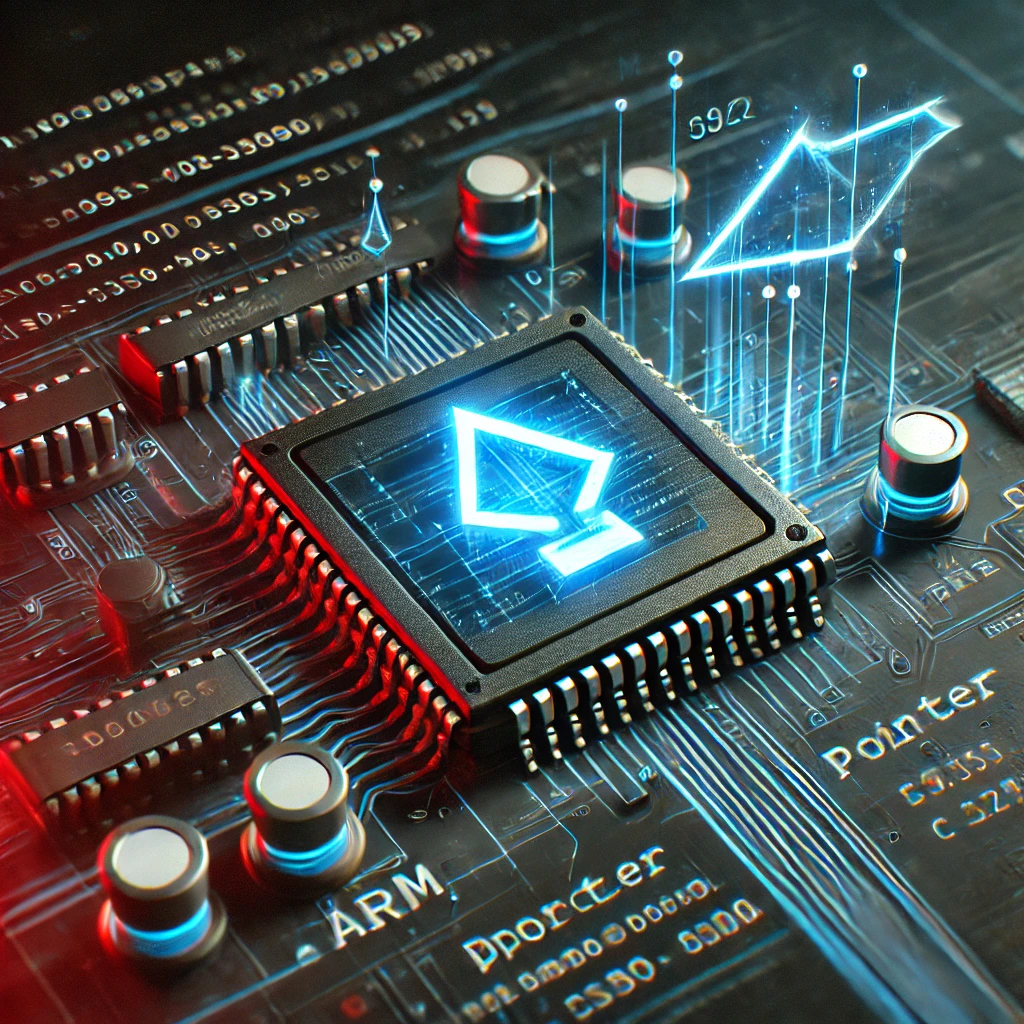ARM Pointers in C: Understanding Pointers in Embedded Systems
Pointers in C are a fundamental feature, and understanding how they behave on ARM architecture is critical for embedded system developers. ARM-based microcontrollers and processors are widely used in IoT, mobile devices, and real-time systems, making pointer management crucial for performance and memory control.
1. What Are Pointers in C?
A pointer in C is a variable that holds the memory address of another variable. Pointers are used to access memory directly, pass data efficiently between functions, and work with dynamic memory and data structures like arrays and linked lists.
2. ARM Architecture Overview
ARM (Advanced RISC Machine) is a family of reduced instruction set computing (RISC) architectures for computer processors. ARM is designed to deliver high performance with low power consumption, making it ideal for embedded applications. Understanding how ARM handles memory access and pointer operations is essential for C developers.
3. Declaring and Using Pointers
int x = 10;
int* ptr = &x;
printf("Value of x: %d", *ptr);Here, ptr holds the address of x, and *ptr dereferences the pointer to get the value of x.
4. Pointers and Memory Access in ARM
ARM uses a byte-addressable memory model. This means each address points to an individual byte of memory. Pointers in C on ARM systems behave the same way as on other platforms, but performance can vary based on alignment and instruction-level optimizations.
5. Pointer Arithmetic on ARM
int arr[4] = {1, 2, 3, 4};
int* p = arr;
for (int i = 0; i < 4; i++) {
printf("%d ", *(p + i));
}ARM CPUs may have hardware optimization for pointer arithmetic when data is properly aligned. Misaligned memory access may lead to slower execution or exceptions on some ARM processors.
6. Function Pointers in Embedded C
Function pointers are widely used in embedded programming for callback mechanisms and dynamic behavior.
void blinkLED() {
// Code to toggle LED
}
void (*funcPtr)() = blinkLED;
funcPtr();This allows functions to be stored in lookup tables, which is common in device driver implementations.
7. Common Pitfalls with ARM Pointers
- Uninitialized pointers leading to undefined behavior
- Dereferencing null or invalid pointers
- Incorrect typecasting of pointers
- Memory alignment issues on strict ARM cores
8. Best Practices for Using Pointers in ARM C
- Always initialize pointers
- Use
constwith pointers to protect memory - Check for null before dereferencing
- Align data structures to avoid unaligned access
- Use volatile pointers when dealing with hardware registers
Conclusion
Mastering pointers in C for ARM platforms is key to efficient and reliable embedded system design. Understanding how ARM handles memory and pointers helps developers write optimized and bug-free code. Practice with real hardware and tools like Keil, STM32CubeIDE, or ARM GCC to deepen your expertise.
Keywords: ARM Pointers in C, Embedded C Pointers, Function Pointers ARM, ARM Architecture Memory, C Programming for Embedded Systems



